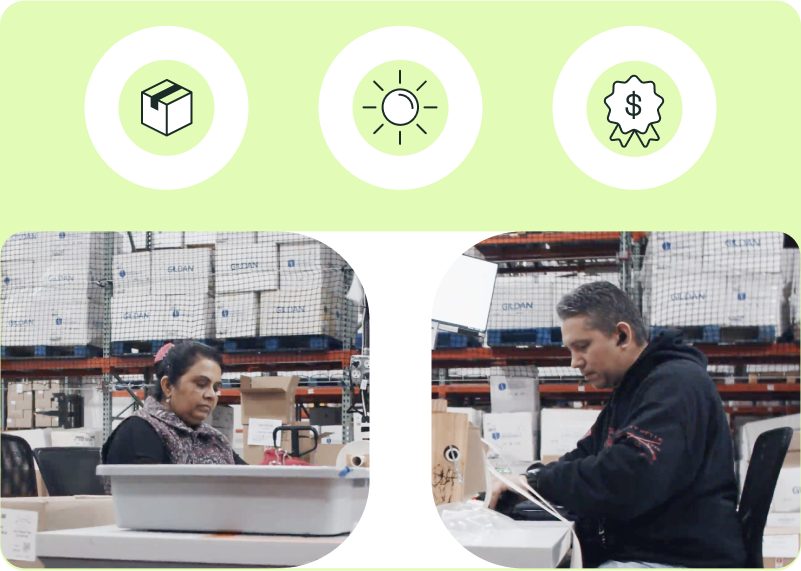
Why We Visit Merchants Onsite: Real Impact Beyond the Screen
At Fulfil, we believe that deeply understanding your business means more than just video calls and screen sharing. That's why our team regularly visits DTC merchants in person, before, during and after implementing Fulfil as their ERP. This blog shares some success stories from on-site visits and highlights the value that on-site visits can bring to your eCommerce business. The Discovery Advantage: Front-Loading Success One implementation visit compressed three hours of discovery into what wo










